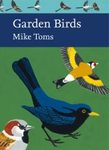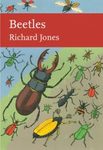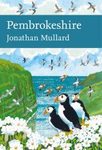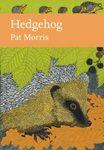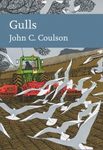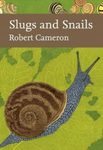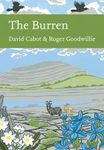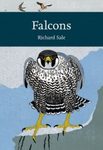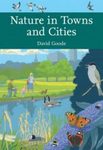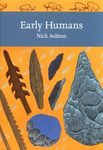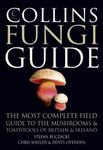![Brecon Beacons Brecon Beacons]()
Click to have a closer look
About this book
Contents
Biography
Related titles
About this book
The Brecon Beacons are one of the most impressive upland areas in Wales, a multi-layered landscape with an astonishing variety of habitats ranging from extensive cave systems to limestone crags and rich meadows. This variety supports thousands of species, some of which are found nowhere else on Earth.
This is the first comprehensive book to be published about the wildlife of the Brecon Beacons, and a much-anticipated addition to the New Naturalist series. Although a large number of people visit the area every year, comparatively few are aware of the flora and fauna that exists in this seemingly wild and inhospitable mountain landscape and its surroundings.
In his latest New Naturalist volume, Jonathan Mullard recognises that the Beacons, more so than many other landscapes, represent a possibility for change and the creation of a new countryside. This could and should be much richer in wildlife than the current landscape but one in which the essence of the mountains remain. To achieve this successfully there needs to be a wider appreciation of the present and potential distribution of species in the area and their interactions with people.
The natural history of the Brecon Beacons is like most parts of the British Isles – inextricably linked to the activities of man across many thousand years. The author uses the evolving landscape and the effect that the associated changes have had on species and habitats as his core approach. He provides a detailed examination of the geology and scenery of the region and the integration of the archaeological and historic landscape with the natural landscape and its associated species. Covering the vast diversity of its mountains and moorlands, rivers and waterfalls, caves, woodlands, wetlands and farmland, he equally provides an overview of man's influence on the natural environment over the centuries and the ongoing conservation of the area.
A landscape rich in legends, the Brecon Beacons play host to a number of myths involving, among others, King Arthur. Mullard explores these rich tales alongside other cultural landmarks of historical interest, such as the churches and chapels of the area. The culmination of years of research, New Naturalist Brecon Beacons is an inspiring exploration of this diverse and fascinating area.
Contents
Editor's preface ix
Author's Foreword and Acknowledgements xi
1. An Upland Landscape 1
2. Geology and Scenery 19
3. Creation and Loss 57
4. Mountains and Moorlands 91
5. The Ffridd 143
6. Rivers and Waterfalls 153
7. Cave Systems 197
8. Wetlands 221
9. Woodlands 261
10. Ancient and Special Trees 289
11. Churches and Chapels 311
12. Farmland 329
13. Landscape Futures 351
Appendix 1 Designated Sites and Nature Reserves 363
Appendix 2 Organisations and Contacts 371
References and Further Reading 374
Species Index 385
General Index 408
Customer Reviews
Biography
Jonathan Mullard is both a chartered biologist and a chartered town and country planner, combining a long- standing interest in the natural environment with a career in conservation and spatial planning. For many years he worked for local authorities, managing National Parks, Areas of Outstanding Natural Beauty and Heritage Coasts in South Wales and Northeast England. Jonathan was the first senior Area of Outstanding Natural Beauty officer to be appointed in the UK, and in this role he successfully lobbied for new legislation for the designation. He is a keen photographer, and many of his photographs are included in this book.
Monograph
Out of Print
By: Jonathan Mullard(Author)
414 pages, 233 colour & b/w photos, 1 colour map
"[...] Mullard's treatment is conventional (and none the worse for that), starting with an overview of the scenery and the naturalists who first explored the smal life of the Beacons, and ending with a view of where present-day changes may be taking it. [...] Of course, it is easy to pick holes. Mullard's style plods a bit and the book could have done with a final edit to reduce some of the longer sentences. The colour images are plentiful and well-chosen but the captions of mosses, fungi and other obscure things should include the scientific names. Few readers are likely to know what (for a example) a 'Forked Earthstar' is (and it isn't anyway; the image looks more like Geastrum pectinatum). In a view of the 'natural tree line' at The Blorenge we are asked to note the tree-planting but not told why. But, like all regional New Naturalists, this is not a book which anyone ack^ except the keenest would want to read straight through. C It is there to look things up in, and then perhaps to readcop on as your interest takes over, as mine certainly did."
- Peter Marren, British Wildlife 25(5), June 2014



















